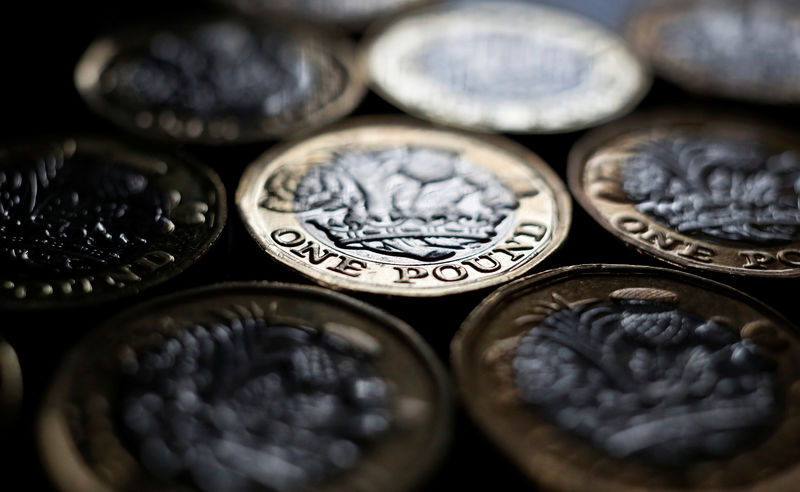Nvidia set to lose $180 billion in market value today as Meta weighs Google chips
Investing.com -- Sterling’s outperformance is set to fade next year as the Bank of England moves toward a deeper easing cycle and the pound loses the carry advantage that supported it through 2025, according to Morgan Stanley’s 2026 outlook.
The bank remains bullish into the first quarter, expecting GBP/USD to benefit from broad U.S. dollar weakness and still-elevated carry, but sees the trend reversing as incoming data force markets to price a more accommodative policy path.
Morgan Stanley notes that the pound has surprised a widely bearish consensus, largely because its carry remained high enough to attract inflows without triggering fiscal concerns.
Its “Sterling Scowl” framework shows the combination of carry and volatility has kept the currency supported, even as investors debated whether the BoE would ultimately deliver a deep cutting cycle. That hesitation is set to vanish in 2026, the bank argues, as disinflationary momentum strengthens, labor market slack builds and fiscal impulse wanes.
Economists at the firm expect investors to grow more comfortable pricing Bank Rate down toward 2.75%, a shift that would erode sterling’s carry advantage and push the currency into the weaker side of the Sterling Scowl.
Morgan Stanley still sees GBP/USD briefly rising toward 1.36 on a softer dollar, but expects the pound to lag risk-sensitive peers and to follow the euro lower within the broader carry regime. While GBP’s carry is unlikely to drop far enough to turn the currency into a funding vehicle, the bank says it may lose enough appeal to fall off investors’ buy lists.
Whether growth or carry becomes the dominant driver will be critical. Stronger U.K. growth next year could eventually bolster sentiment, especially if fiscal risks recede, while productivity gains and AI-related improvements are cited as potential upside factors.
Downside risks, according to Morgan Stanley, include renewed fiscal worries or a steeper BoE easing path, with cuts toward 2% seen as especially negative for sterling.
